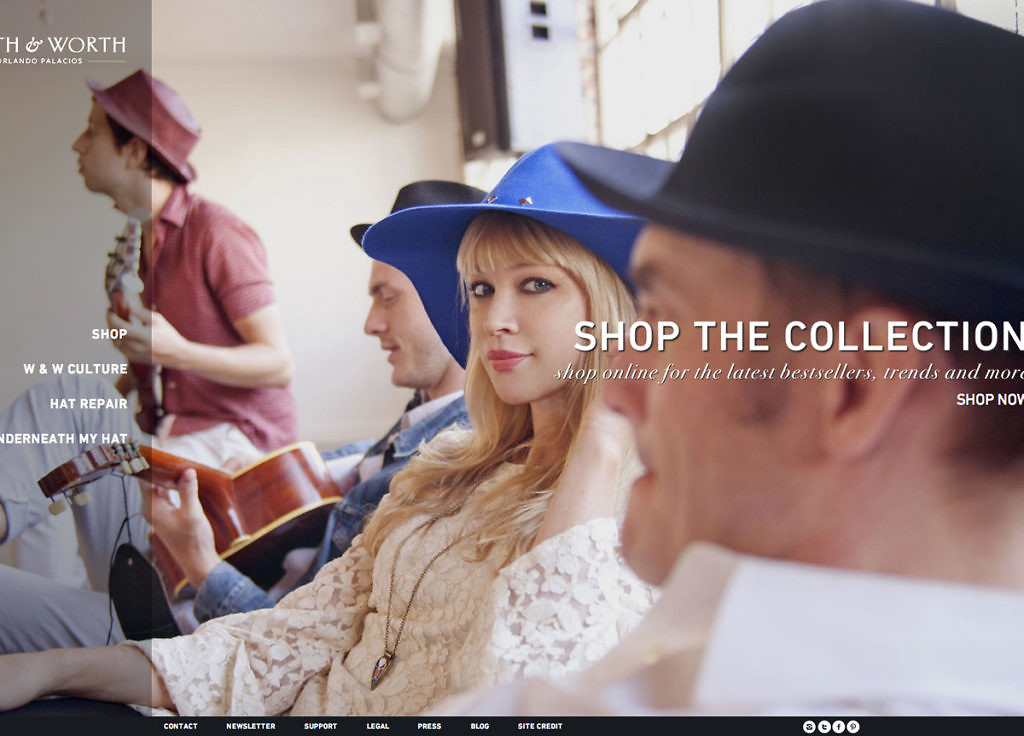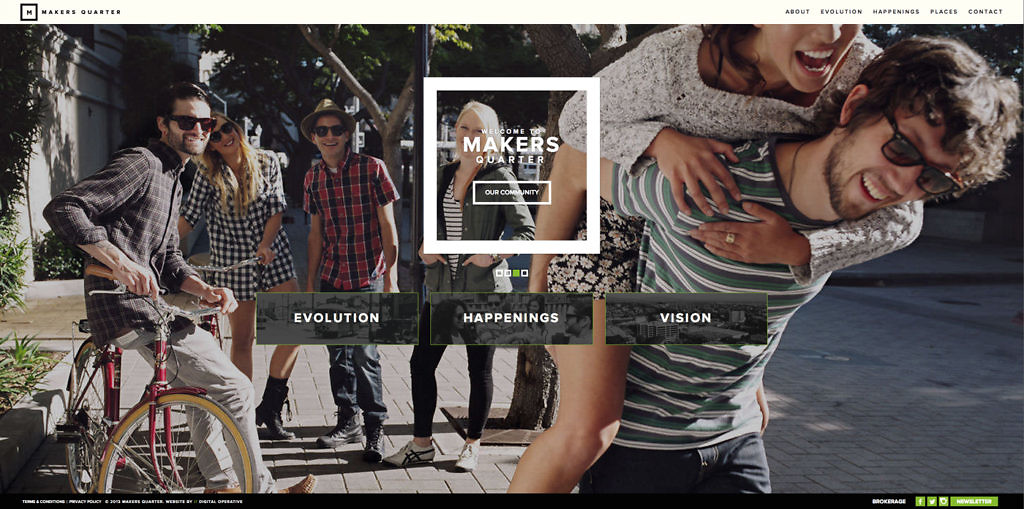In the everyday life, we like to remain in known and familiar territory. Why? To reassure and comfort themselves. In that sense, human face possesses a very strong power : we are comfortable in its presence, even when digitalized.
A virtual one-to-one
The web is an impersonal place. It’s not necessary to meet a person in real life to share information, discuss or even make business with them. Yet we prefer to know the people with whom we interact, because the exchange is then more personal and tangible. Being identifiable with a real picture allows the user that meet us on the web to at least imagine the person and easily trust us. This fictive one-to-one can help your users to rely on a product or service. Because, once again, by recognizing a fellow human, even virtual, we feel understood and listened to.
To catch the eye
Our visitors find their way in the interfaces by looking for familiar clues and things they recognize. Therefore, human faces attract their attention. They feel immersed in a sociable and warm universe rather than a cold interface.
It’s also an excellent way to guide the eye. Because of the « group effect », we are encline to look at what others people look. Online, it’s the same story.
Facing ourselves?
Confronted to a face, we are touched if the person seems sympathetic. The faces present in our interfaces bring an emotional colour and trigger the emotions we want to relay on our users. Human touch adds undeniable personality and sometimes humour to a website.
Going from website to website, we need to laugh once in a while.
Speaking of expressivity
These familiar features help us engage the users. The use of emotional expressions is very effective. A person using a product and showing an expressive face is a lot more convincing that dozens of lines describing its usefulness.
A « sentimentalized » face is good, but several are better. A group of people looking happy is more striking because they make us want to be part of their group, to learn what makes them so happy. If people we see seem trustworthy, the user feels that comfort. This aspect can be usefel for screens like « Customer Service », « Testimonies », « Join us », « Help », etc.
We do not trust the unknown
Celebrities’ faces can carry weight, providing they possess skills on the subject or they use the submitted product. That’s why major brands choose carefully who is to represent them.
When we think about buying online, the main question involves trust. Pictures showing people as well as products on the main page can partly bring this feeling.
Recreate the trust climate through the interfaces
Sometimes, the human faces are simply used to create a pretty design, and that’s a pity when they can offer so much more to your interface!
The artistic direction, and so the inclusion or not of people pictures, must serve an intention. Today we withdraw our train tickets through machines when 20 years ago, we used to deal with real people. With human replacement by machines, it is welcome to reintroduce them in interfaces and thus recreate the feeling of long gone reassurance, trust and sympathy.




